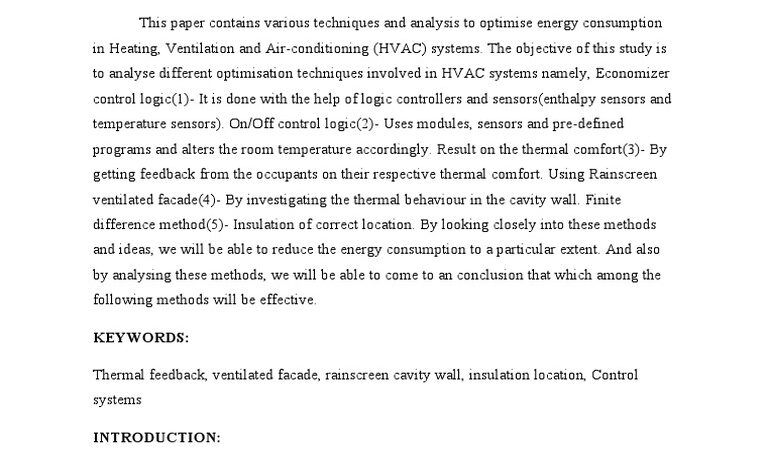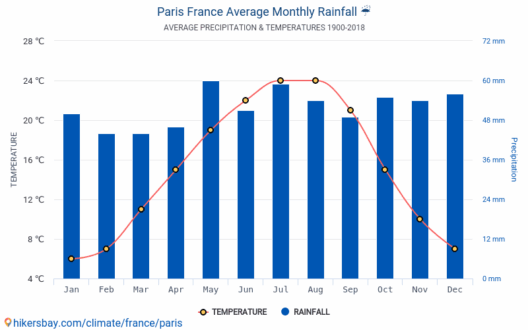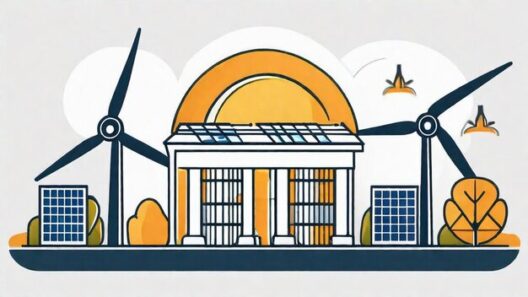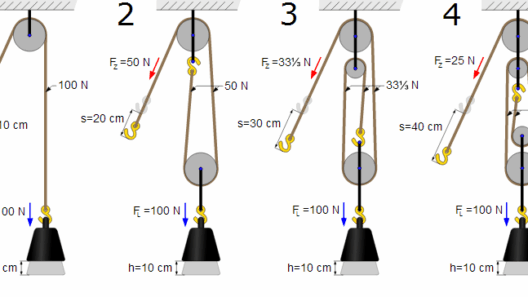In the realm of modern construction and retrofitting, the importance of efficient HVAC (Heating, Ventilation, and Air Conditioning) systems cannot be overstated. The process of HVAC sizing calculation is a critical component of energy conservation strategies that ensure systems are designed to operate optimally within their given environments. This article delves into the intricacies of HVAC sizing calculations, elucidating the principles behind smart design and its implications for energy conservation.
Understanding HVAC systems begins with recognizing their fundamental role: to maintain a comfortable indoor climate. However, the efficiency of these systems hinges heavily on accurate sizing calculations. An oversized HVAC system leads to frequent cycling, which not only wastes energy but also results in uneven heating or cooling and heightened wear and tear on equipment. Conversely, an undersized system struggles to maintain the desired temperature, leading to overexertion and increased energy consumption. Therefore, precise sizing calculations are essential for optimizing operational efficiency.
Several factors are involved in the HVAC sizing process, including climate zone, building orientation, size and layout, insulation levels, and even occupancy patterns. Each of these elements influences the thermal load of a building, which refers to the amount of heating or cooling required to maintain a desired indoor temperature. To properly assess these variables, various methodologies and tools are employed in the HVAC sizing calculation process.
One widely used approach is the Manual J calculation, established by the Air Conditioning Contractors of America (ACCA). Manual J incorporates numerous parameters, such as local climate data, square footage, window placements, and insulation quality. By determining the thermal load through this systematic analysis, HVAC professionals can ascertain the most suitable equipment size tailored to the specific requirements of a structure.
In addition to Manual J, the Manual D methodology focuses on duct design and airflow distribution. Even if an HVAC system is appropriately sized, inadequate ductwork can negate its efficiency. Manual D calculations ensure that airflow is evenly distributed throughout the building, maximizing the system’s performance while minimizing energy loss due to leakage or improper routing. Proper duct design enhances the overall effectiveness of the HVAC system, leading to more energy-efficient operation.
Incorporating advanced technologies, such as energy modeling software, further enhances the accuracy and effectiveness of HVAC sizing calculations. These simulations allow for a comprehensive analysis of energy consumption under various conditions, taking into account factors like different weather patterns, occupancy rates, and appliance usage. Energy modeling not only assists in sizing HVAC systems but also provides crucial insights into potential energy-saving measures, facilitating informed decision-making during the design phase.
Moreover, it is essential to understand the implications of building envelope design on HVAC efficiency. The building envelope, which consists of the walls, roof, and foundations, plays a pivotal role in energy conservation. Well-insulated buildings reduce the demand for heating and cooling, thereby allowing for smaller HVAC systems. High-performance windows and airtight construction techniques prevent thermal bridging and air leaks, promoting operational efficiency. Smart design of the building envelope in conjunction with accurate HVAC sizing calculations fosters an ecologically responsible approach to construction.
Geothermal heat pumps exemplify the integration of innovative design and energy conservation principles. Utilizing the Earth’s consistent thermal properties, these systems can provide efficient heating and cooling solutions while significantly reducing energy consumption compared to traditional systems. Incorporating such technology into HVAC design necessitates comprehensive sizing calculations to ensure compatibility and optimal performance.
Furthermore, energy-efficient HVAC systems often feature advanced controls and automation capabilities. Smart thermostats, for instance, enable users to optimize energy usage by intelligently adjusting temperature settings based on occupancy and time of day. Additionally, variable speed compressors and modulating gas furnaces adapt their energy consumption in real-time, maximizing efficiency without sacrificing comfort. Such technologies enhance the overall effectiveness of HVAC systems while supporting energy conservation efforts.
Beyond the immediate design considerations, regular maintenance plays a crucial role in sustaining HVAC efficiency. Seasonal inspections, filter changes, and duct cleaning ensure that systems operate at peak performance and continue to meet their energy-saving potential. Failure to maintain HVAC equipment can lead to decreased efficiency, ultimately undermining initial energy conservation efforts.
As energy costs continue to escalate and environmental concerns gain prominence, the role of smart HVAC design in energy conservation becomes increasingly critical. By prioritizing accurate sizing calculations, utilizing advanced modeling techniques, and embracing innovative equipment, stakeholders can significantly mitigate energy consumption in residential and commercial buildings. The intersection of efficient design, effective technology, and proper maintenance propels the movement towards sustainability, underscoring the profound impact that well-executed HVAC sizing calculations can have in the pursuit of energy conservation.
In conclusion, the domain of HVAC sizing calculation is a vital element within the broader framework of energy conservation. Through meticulous analysis of various factors and the implementation of smart design principles, it is possible to realize significant energy savings and enhance the performance of HVAC systems. This not only leads to economic benefits for consumers but also contributes to a more sustainable future. As we navigate the complexities of modern building design, a commitment to energy-efficient practices will prove essential in fostering a healthier planet.








